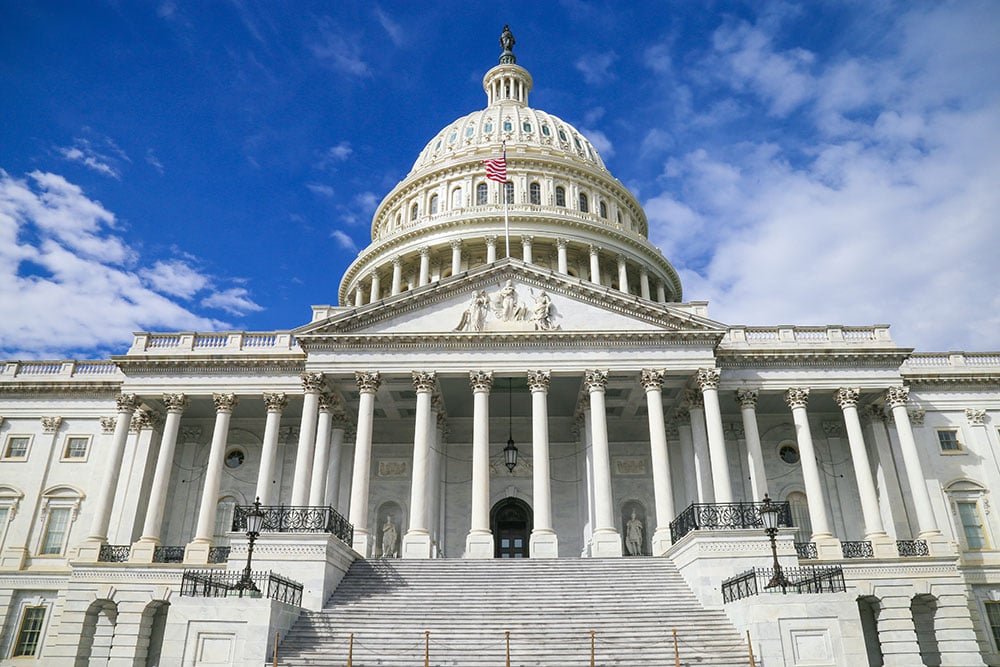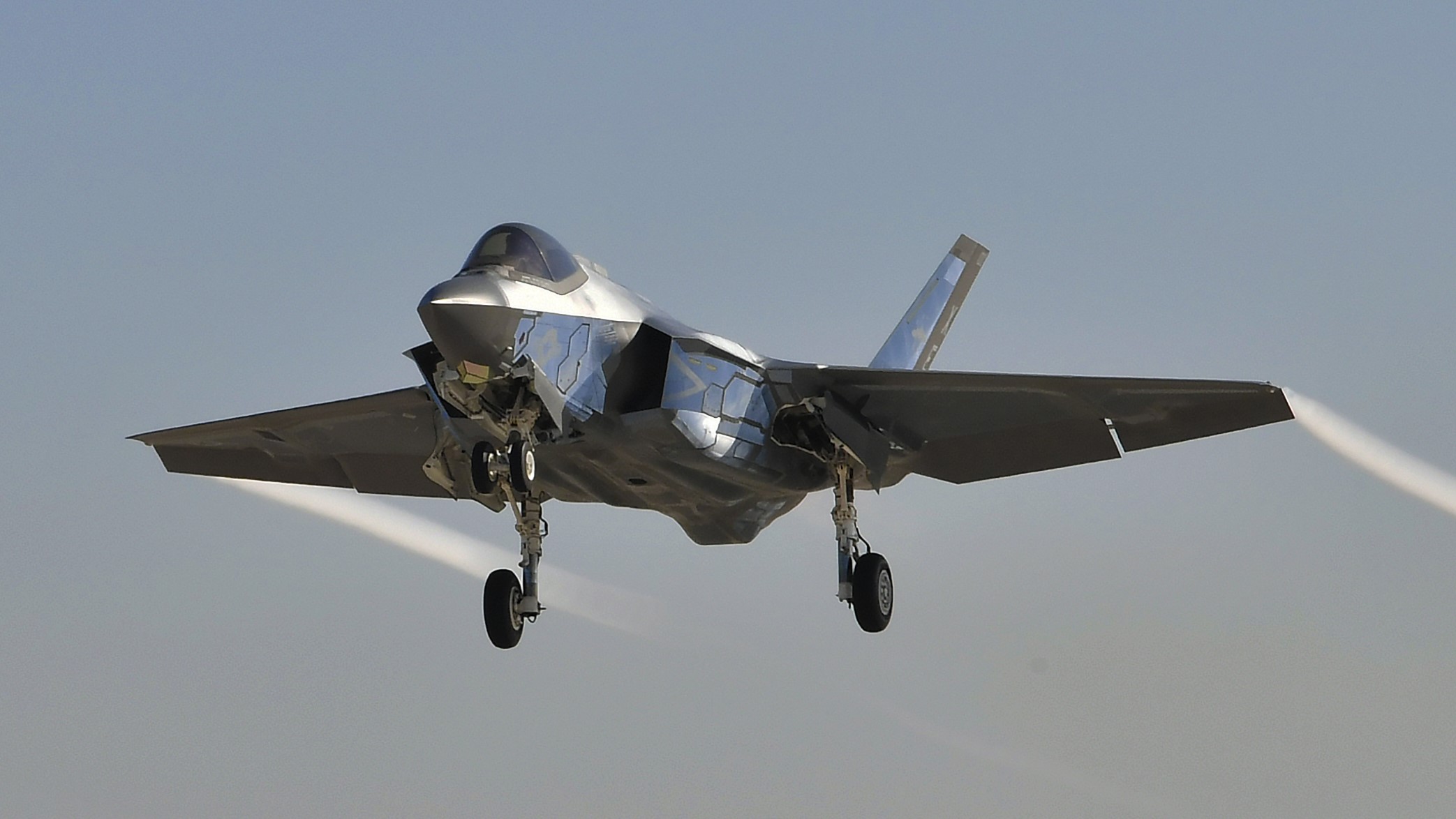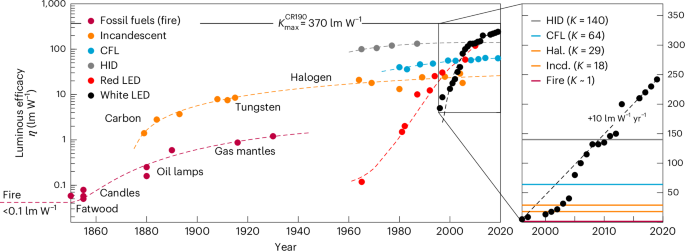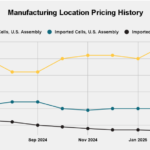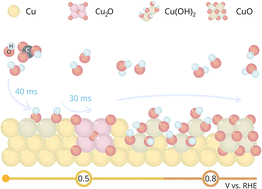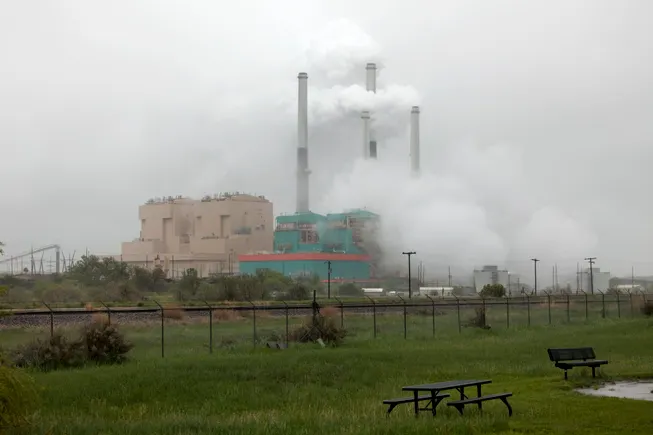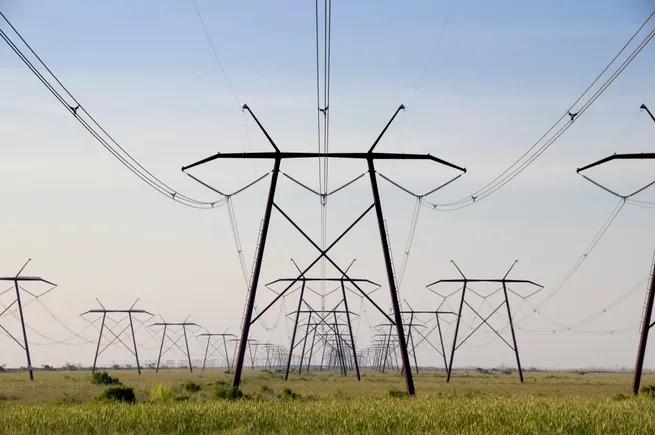As tariffs wreck China-US exports, container rates weather storm
As U.S. tariffs freeze China exports, blank sailings and shifting traffic are helping prop up trans-Pacific container rates. The post As tariffs wreck China-US exports, container rates weather storm appeared first on FreightWaves.

While the U.S.-China trade war has sent shockwaves through the supply chain, trans-Pacific container rates are benefiting from evolving carrier strategies.
The imposition of a minimum 145% tariff on all goods from China has led many U.S. importers to cancel orders and pause shipments, said Judah Levine, head of research for shipping analyst Freightos, in an update. This dramatic shift comes as importers hope for a de-escalation in tensions and lower tariffs through direct negotiations between the two countries, which have not yet officially begun.
Levine said the impact on China-U.S. ocean freight demand has been substantial, with reports indicating drops ranging from around 30% to more than 50% in recent weeks. In response, carriers are taking aggressive measures to balance supply and demand. A significant share of China-North America sailings are being blanked, or canceled, while entire service loops are being temporarily halted.
Estimates suggest 28% of trans-Pacific capacity to the West Coast, said Levine, and 42% to the East Coast will be removed in the coming weeks.
Many U.S. importers reliant on Chinese goods may be able to weather a short pause in shipments due to inventory surpluses built up through recent frontloading ahead of expected tariffs. However, if tariffs remain high for an extended period, U.S. consumers could face inventory shortages, particularly for items heavily sourced from China such as toys, baby products and sporting goods. Significant price increases may follow as importers are forced to absorb steep duties.
Interestingly, the reduction in ocean capacity is smaller than the drop in China-U.S. freight demand. Levine said this discrepancy may be explained by increased volumes from other Far East countries, whose major ports are often included in China-North America container service routes. Shippers on these lanes are accelerating shipments before the expiration of a 90-day pause on U.S. reciprocal tariffs for these countries in July.
Levine said some forwarders report that trans-Pacific demand out of Southeast Asia has increased, with estimates suggesting bookings are up 20% in recent weeks. This shift is partially offsetting the decline in freight demand from China. Carriers may reallocate some of the blanked China-U.S. capacity to these lanes to meet rising demand, though a significant volume increase could lead to congestion, delays and potential equipment shortages as volumes rapidly shift away from China.
Despite the turmoil, Levine said container rates have shown surprising resilience. The wave of blank sailings is expected to stabilize prices out of China even if volumes continue to fall. Trans-Pacific prices have only slightly decreased from earlier in the month, even before many sailings were blanked.
Freightos Terminal data reveals that rates from China and some countries currently benefiting from the tariff pause have diverged on certain lanes. For example, prices to Long Beach, California, from both Shanghai and Vietnam’s Saigon port initially increased more than 40% between April 2, when reciprocal tariffs were announced, and April 9, when they took effect. Since then, Shanghai-Long Beach rates have fallen more than 30%, while prices out of Saigon have remained elevated.
Find more articles by Stuart Chirls here.
Related coverage:
Longshore union blasts Trump tariffs, warns of massive job losses
‘No way’ US can recoup lost China container imports: Analyst
Drewry: Global container volumes to drop 1% on Trump tariffs
Chief negotiator on union longshore pact to lead USMX
The post As tariffs wreck China-US exports, container rates weather storm appeared first on FreightWaves.





































































